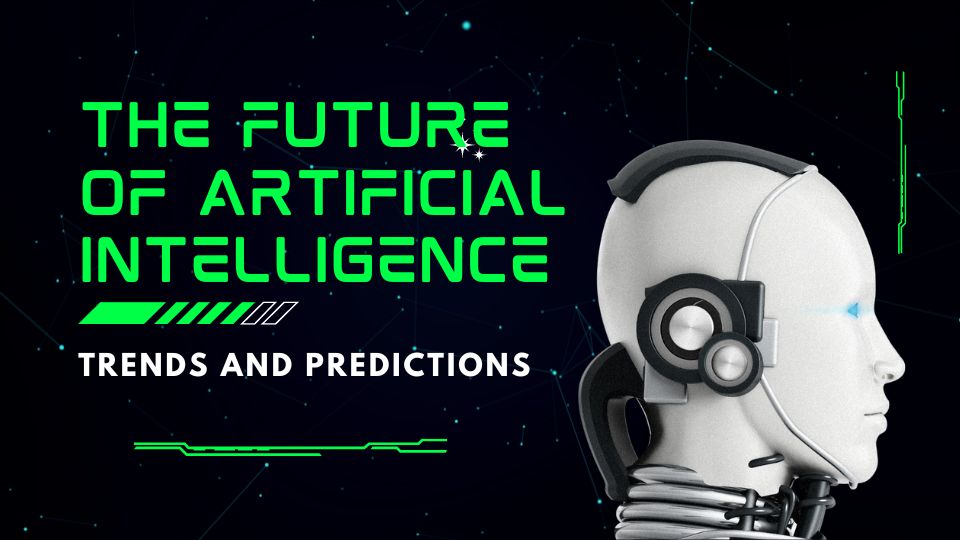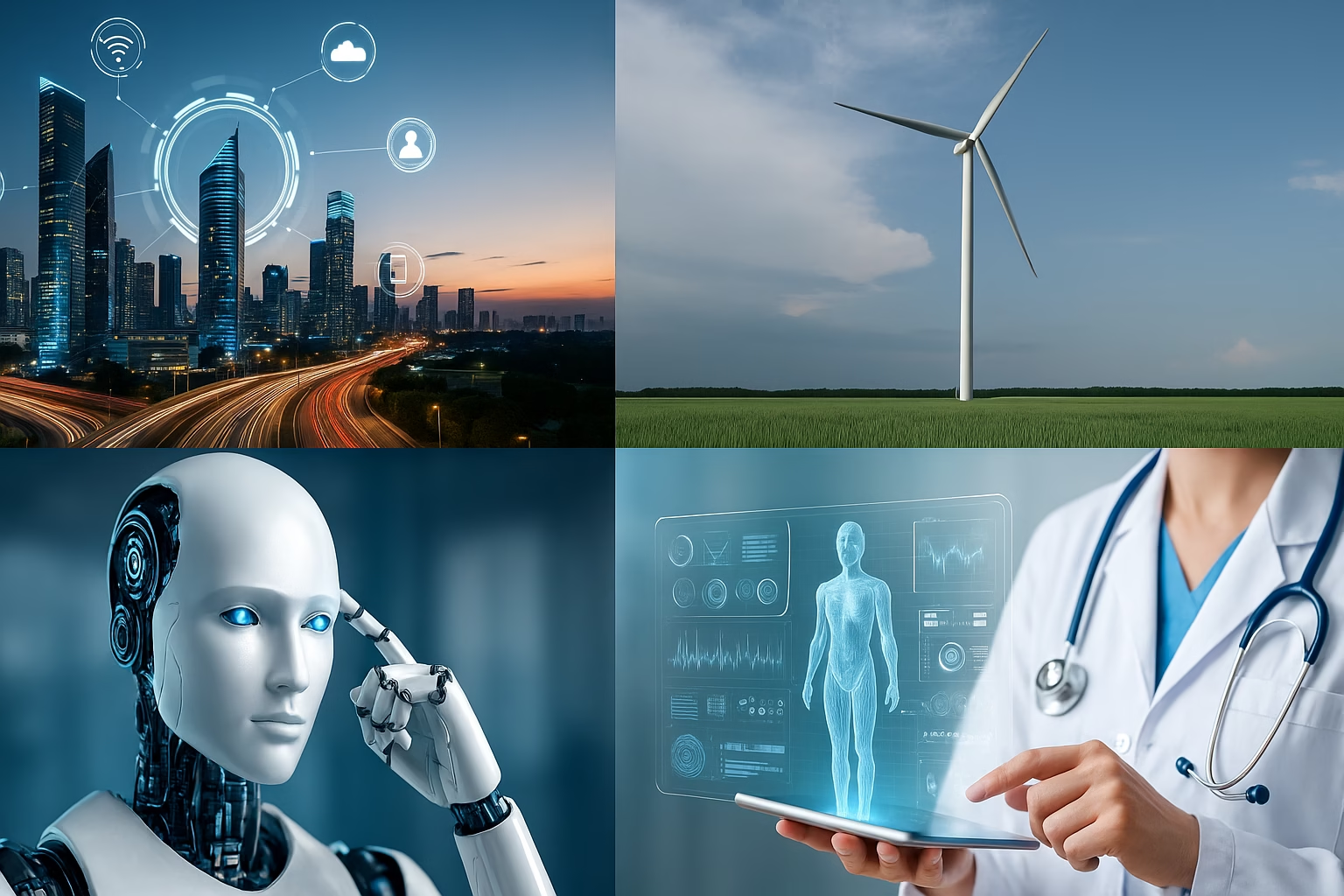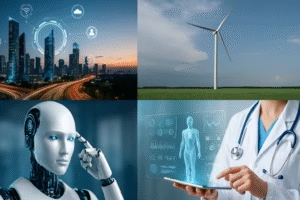
What is Artificial Intelligence (AI) and machine learning?
Artificial intelligence (AI) refers to the ability of a machine or computer system to perform tasks that would normally require human intelligence, such as learning, problem-solving, and decision making. Machine learning is a subset of AI that involves the use of algorithms and statistical models to allow a system to improve its performance over time without being explicitly programmed.
In other words, machine learning involves feeding large amounts of data into a computer program and allowing the program to learn from that data and make decisions or predictions based on what it has learned. For example, a machine learning algorithm could be used to analyze a dataset of customer transactions in order to identify patterns or trends that could be used to predict future customer behavior.
AI and machine learning technologies are being used in a wide range of fields, including web design, healthcare, finance, and transportation, to improve efficiency, accuracy, and decision-making.
Impact of AI / Machine learning in our lives:
Artificial intelligence (AI) is having a significant impact on many aspects of our lives. Here are a few examples of how AI is being used and how it is having an impact:
- Healthcare: AI is being used to analyze medical images, such as X-rays and CT scans, to assist with diagnosis and treatment planning. It is also being used to analyze electronic health records and identify patterns that could help predict and prevent diseases.
- Transportation: AI is being used to develop self-driving cars and trucks, which could potentially reduce accidents and improve transportation efficiency. It is also being used to optimize traffic flow and reduce congestion in cities.
- Finance: AI is being used to analyze financial data and identify trends and patterns that could help with investment decisions and risk assessment. It is also being used to automate certain tasks, such as fraud detection and customer service.
- Education: AI is being used to personalize learning and adapt to the needs of individual students, as well as to grade assignments and provide feedback.
- Customer service: AI is being used to provide assistance to customers through chatbots and virtual assistants, improving the efficiency and accuracy of customer service.
Overall, AI is having a significant impact on many aspects of our lives and is likely to continue to do so in the future. There are both potential benefits and potential drawbacks to the use of artificial intelligence (AI). Here are some of the main pros and cons of AI:
Pros:
- Increased efficiency: AI systems can process and analyze large amounts of data quickly and accurately, allowing organizations to make faster and more informed decisions.
- Improved accuracy: AI systems can be trained to recognize patterns and trends in data that might be difficult for humans to spot, leading to more accurate predictions and decision-making.
- Cost savings: Automating certain tasks using AI can reduce the need for human labor, leading to cost savings for organizations.
- Improved safety: In some cases, AI systems can be used to perform tasks that are too dangerous for humans, such as inspecting hazardous environments or operating heavy machinery.
Cons:
- Job displacement: The automation of certain tasks through the use of AI may lead to job displacement as machines take over tasks previously performed by humans.
- Lack of transparency: Some AI systems, particularly those using machine learning algorithms, may be difficult for humans to understand and interpret, making it difficult to determine how they arrived at certain conclusions.
- Bias in data: If the data used to train an AI system is biased, the system’s decisions and predictions may be biased as well.
- Security risks: AI systems may be vulnerable to cyberattacks, which could compromise sensitive data or disrupt operations.
- Ethical concerns: The use of AI raises a number of ethical concerns, such as the potential for AI to be used for nefarious purposes or the impact of AI on privacy and civil liberties.
These are just a few examples of the many technologies that are likely to shape the future of web design.
Conclusion:
It is difficult to make a definitive conclusion about whether artificial intelligence (AI) is good or bad for human life, as it can have both positive and negative impacts. On the one hand, AI has the potential to significantly improve many aspects of human life, such as healthcare, transportation, and education. It can also improve efficiency, accuracy, and safety in a wide range of fields. However, it can also lead to job displacement and raise ethical concerns about its impact on privacy and civil liberties.
Ultimately, the impact of AI on human life will depend on how it is developed and used. It is important to carefully consider the potential benefits and risks of AI and to ensure that it is used ethically and responsibly. So, we can say that AI is both good and bad for human life depending upon its usage.














